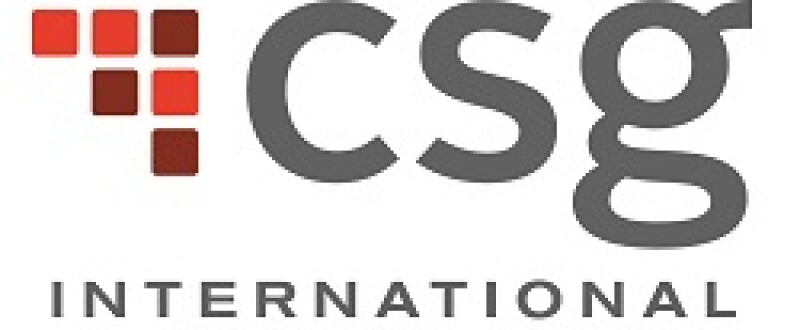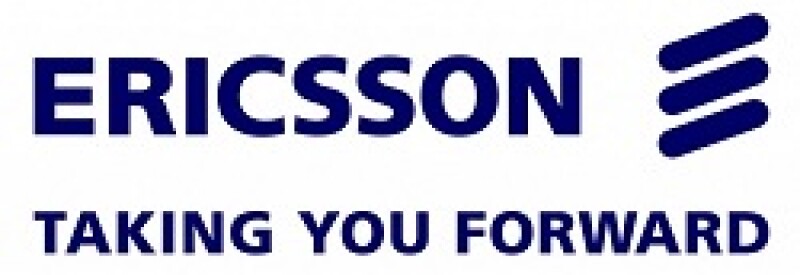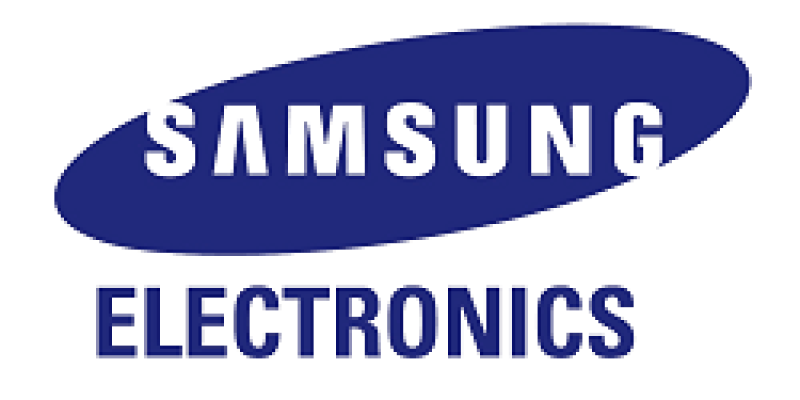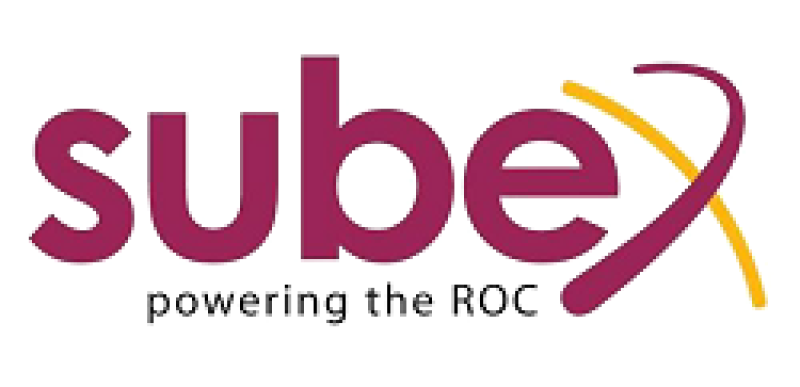Capacity examines the main players in the operations support systems and business support systems market.
Largely unrecognised but absolutely critical elements behind every telco, operations support systems (OSS) and business support systems (BSS) are developing at a steady pace.
They ensure telecoms network capacity and service quality, as well as enforce charging parameters for next-generation high-speed mobile broadband services such as policy control and charging, real-time service delivery and customer support. Research firm Ovum expects that investment into cloud-based services will be the most important driver behind OSS/BSS revenue growth between 2015 and 2020. As competition from OTT players’ heats up, increasing customer demands mean telcos need to create more agile business models to boost margins and generate sustainable revenue streams.
Investments in LTE networks are also expected to crop up for the telco, and network management revenues are expected to drive overall OSS revenue, while the need for revenue management systems will drive overall BSS revenue growth.
Amdocs

What they say: “The Amdocs BSS Pack has been designed to address the challenges that cash-strapped service providers face in today’s uncertain marketplace,” the company said in a statement.
Impact on market: Amdocs agreed to acquire the BSS assets of Comverse for $272 million in April 2015, in a bid to geographically complement its market focus. The move expanded and diversified Amdocs’ global customer base, particularly in Asia-Pacific, Latin America and Europe, including Europe’s cable and satellite market. Comverse still exists as a separate company and Eli Gelman, president and CEO of Amdocs Management, said that the acquisition would enable it to bring additional value and innovation to Comverse’s customers.
Ascom
Solution: Ascom offers both OSS and BSS services across a range of verticals, with services including CLI Checking, Intercarrier Processing Support System and B2BSimplex.
Ascom’s B2BSimplex platform, launched in October 2014 and perhaps its most renowned, is designed to automate carrier interconnect processes and was claimed to be the first OSS/BSS solutions provider to fully support origin-based price differentiation.
What they say: “The solution significantly improves a carrier’s ability to match pricing to destinations and reduce the time and expense involved in a process rife with uncertainties, misinterpretations and incorrect pricing associated with footnotes and remarks in billing and reconciliation statements,” said Michael Wallrath, managing director of Ascom Systems & Solutions.
Impact on market: The solution was formally rolled out as a service at Capacity Europe 2014 in Amsterdam and later named Best Service Innovation at the Global Carrier Awards held at the same time. It addressed a pressing need from the international wholesale carrier community for a mechanism that allows them to better identify and match traffic destinations to appropriate rates. In May 2015, Ascom revealed an upgrade to the service to include forecasting and measurement capabilities. The company made updates to its e-contract solution to help wholesale carriers further optimise their ability to forecast traffic and track destinations, in addition to other tools that can be used to measure and validate interconnect contact performance.
“The updates reflect our commitment to the carrier community and our close working relationships with GBET and GSC and other carrier forums to maintain the most technologically advanced and modern platform from which to securely exchange bilateral contracts in real time,” Wallrath added.
CSG

What they say: “As carriers build their digital service portfolios to meet customer demands and continue revenue growth, they are finding the need to invest in new business capabilities,” said Ian Watterson, VP of Asia-Pacific at CSG International.
Impact on market: In late November last year, Angola Telecom partnered with CSG’s partner Satec for its revenue management solution, having successfully deployed a pilot of CSG Interconnect for Angola Telecom’s wholesale operations.
The integrated solution from Satec included Singleview Convergent Rating & Billing, Singleview Customer Management and Intermediate, as well as the expansion of CSG Interconnect to include the CSG Route and Financial Manager. “Our focus is to bring the best level of service to the people of Angola,” said João Martins, Angola Telecom CEO. “Satec with CSG will provide a complete and integrated solution that will enable us to manage our business for retail, enterprise and wholesale services, allowing us to grow, become profitable and deliver better services in an optimal manner to our customers.”
CSG also expanded its relationship with Wind Mobile in Canada in early January.
Ericsson

What they say: “The OSS transformation gives Orange Polska the agility to optimise their operations and ensure improved end-user satisfaction,” said Valter D’Avino, head of Ericsson Region Western and Central Europe. “For us it is a next step in OSS/BSS transformation in Central Europe. It captures the growing need among operators for flexible, reliable systems that help grow the business.”
Impact on market: In what looks like a shift towards the OSS/BSS sector, Ericsson has been making steady progress with its offering in 2015.
Orange Polska signed a six year deal with Ericsson for the transformation and optimisation of its operational support system (OSS) last year. The deal saw Ericsson provide the Polish operator with consulting and systems integration capabilities, as well as an OSS software suite which includes tools for networking planning, inventory fulfilment and assurance domain.
The suite of OSS services was designed to enable Orange to process operational data faster and more reliability, as well as to deploy new tools cost-effectively. An alleged 2.1 billion subscriptions worldwide are served by Ericsson OSS/BSS solutions.
Huawei

What they say: “Huawei is highly valued by the telecom operators for its fully integrated suite of solutions. Its strength lies in its ability to leverage innovation in developing key products that help telecoms operators to manage their operations efficiently, improve customer satisfaction and drive revenue,” said Sri Nur Hani Binti Azran, research associate for Frost & Sullivan’s Asia Pacific Best Practices.
Impact on market: Previously, Huawei solutions had only been sold internally, but Fastwire provides advanced technology network infrastructure and OSS products to large enterprises and telcos, listing BT, China Unicom, Orange, Telstra and Vodafone among its many customers.
Later in May 2015, the vendor was named Frost & Sullivan Asia-Pacific Telecom OSS/BSS vendor of the year for their achievements in the industry within the region. Huawei has also launched a new R&D centre in Bangalore, India, focussed on OSS/BSS and other technologies.
The unit will employ up to 5,000 engineers and is the company’s largest outside of China. “As a global ICT organisation which relies on its own extensive R&D expertise, the India R&D centre is an important hub of innovation for Huawei,” said Wilson Wang, COO, Huawei India Research and Development Centre.
Nokia Networks

What they say: “Software as a service models are used widely in the IT industry, but in the telco market most operators still buy software solutions as an upfront investment,” said Amit Dhingra, head of managed services at Nokia Networks. “With Nokia OSS-as-a-service, operators get advanced tools and vital telco know-how to optimise their use, for example KQIs built on our experience of real-life use cases.”
Impact on market: Having now taken over the operations of Alcatel-Lucent, Nokia at the time of writing was yet to reveal its plans for the full integration of the two companies. However we are likely to see a number of changes in service offerings as a result of the merger. Nokia’s OSS service is offered as two tools, Nokia Performance Manager and Nokia Service Quality Manager. The former is designed to help operators control the performance and capacity of their 2G, 3G and 4G networks, and the latter to enable accurate real-time views of service quality across broadband networks. Its Managed Service Operations and Assurance is said to enable operators to focus resources on core activities and improve overall customer satisfaction – for example, by marketing new services and business innovations to their customer base and new subscribers.
Openet

By virtualising its full BSS capability, Openet was then able to offer a highly agile and flexible system capable of testing, developing, launching and amending new services and business models much more quickly.
What they say: “Operators have to transform the way that they do business and this change is being driven by the need to innovate. BSS virtualisation is a key enabler for innovation and will provide operators with the agility and flexibility to quickly capitalise on new revenue generating opportunities,” said Joe Hogan, Openet CTO. “While adopting NFV is crucial, deploying the technology in isolation is not enough. Operators must work with BSS specialists that have experience of deploying innovative solutions that fully realise the many advantages of this network architecture.”
Impact on market: At MWC in March 2015, Openet showcased an ETSI NFV proof of concept demonstration of real-time OSS/BSS in partnership with Procera, Amartus, Red Hat and Intel.
This proved a success for the company which was selected by BT Mobile for its real-time BSS platform in January 2016.
BT Mobile deployed Openet’s NFV-ready evolved charging solution to cut the time taken to bring new services to market. Openet’s BSS solution is designed to enable BT to quickly adopt new business models while simultaneously minimising the cost of deploying them.
Oracle

What they say: “As communications service providers (CSPs) continue to standardise and virtualise their networks, agility in service design and automation in service delivery have become major focus areas – which is putting a spotlight on OSS to rapidly launch and efficiently deliver innovative service on an increasingly dynamic network,” said Doug Suriano, SVP and general manager of Oracle Communications. “This release of the Oracle Communications OSS suite accelerates design agility, provides support for the latest network technologies, and further simplifies network-based B2B service delivery.”
Impact on market: Specifics of Oracle’s OSS suite of services include four key capabilities. It enables CSPs to efficiently deliver and manager contemporary network-based B2B services, seamlessly support the design and delivery of services on physical, virtual and hybrid networks, accelerate solutions design in collaboration with existing provisioning systems and efficiently manage exceptions in order processing.
The upgrades announced in July 2015 include improvements to its Order and Service Management, IP Service Activator, and Network Intelligence, among others.
Samsung Electronics

The deal includes Samsung’s newly launched portfolio of OSS, CognitiV OSS, which is designed to help mobile providers to manage and optimise their networks in a proactive and intelligent way.
What they say: “Samsung seeks to give mobile service providers the ultimate mobile experience for end users,” said Jungah Choi, SVP of Advanced Technology at Networks Business, Samsung Electronics. “In close partnership with leaders in the industry, Samsung CognitiV OSS can offer solid network performance and user experience improvements to our customers, while reducing their operating costs and helping them better monetise their network infrastructure.”
Impact on market: An alliance with IBM and Guavus will see Samsung and IBM collaborate on overall OSS technology, with Samsung and Guavus working closely on developing analytics technologies to bolster the offering. Big data analytics are also becoming more important as networks become denser and more complex. “A next generation OSS system that integrates billing, operations and network planning is needed, so that network-wide optimisations can be implemented dynamically and cost effectively,” said Anukool Lakhina, CEO and founder at Guavus.
“Through partnership with us, Samsung is now able to uniquely provide a service assurance analytics solution that correlates and fuses streaming network data with operational data.”
Subex

What they say: “Our objectives while building the version upgrade were multi-fold. With 4G deployments further complicating fraud risks for telecoms operators, the obvious need for rapid fraud detection had to be addressed effectively,” said Ashwin Chalapathy, global head, portfolio management, managed services and consulting, Subex. “The new version of ROC Fraud Management enables operators to drastically reduce fraud-run time with its advanced fraud detection capabilities.”
Impact on market: On January 19 this year, Subex revealed an update to its ROC Fraud Management 8.3 solution, adding an additional layer of detection capability to the existing memory and statistical rule engines, in order to facilitate enhanced real-time detection of complex fraud types. The solution is now part of the ROC 3.0 platform which is an integrated suite of products designed to go beyond traditional fraud detection and prevention. It is also optimised for big data. Later that same month, on January 21, Packet One – a converged telecoms broadband and 4G service provider in Malaysia – selected Subex’s ROC Revenue Assurance and Fraud Management solutions. “Being a 4G services provider, the complexities of risks we face are amplified when compared to traditional voice and data services,” said CC Puan, Packet One CEO.
“Our objective was to evaluate and deploy such solutions that are fully capable of mitigating risks of all types, covering multiple verticals. We believe Subex’s solutions will enable us to do so and in-turn enhance our business in a more effective manner.”




